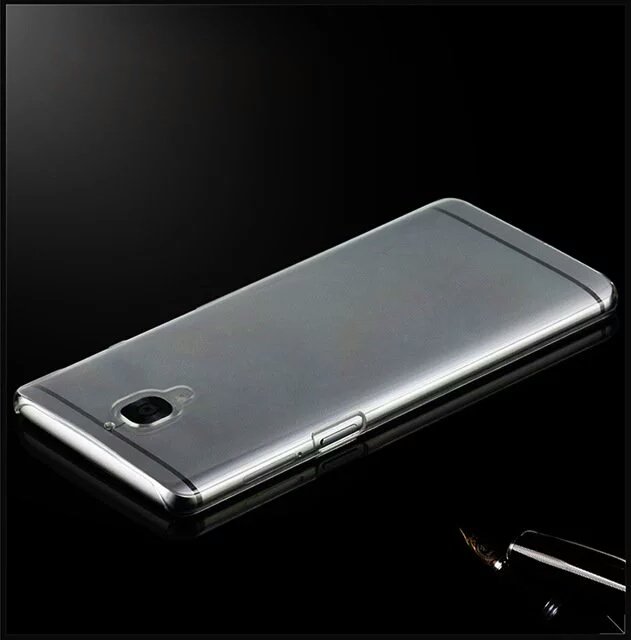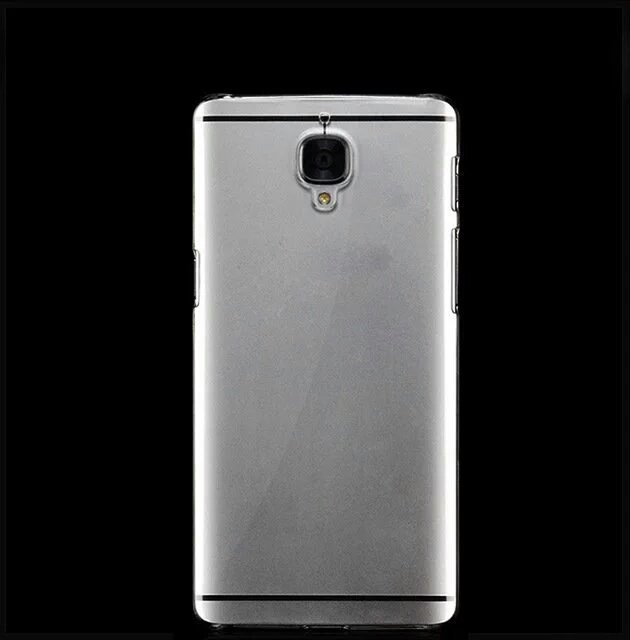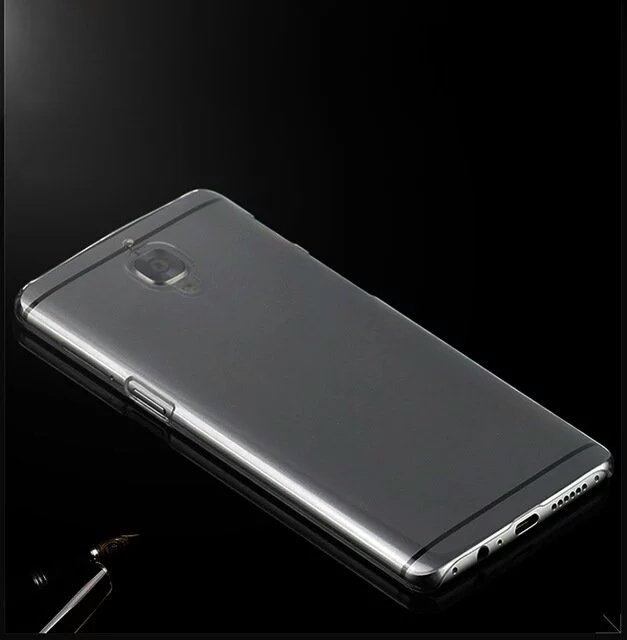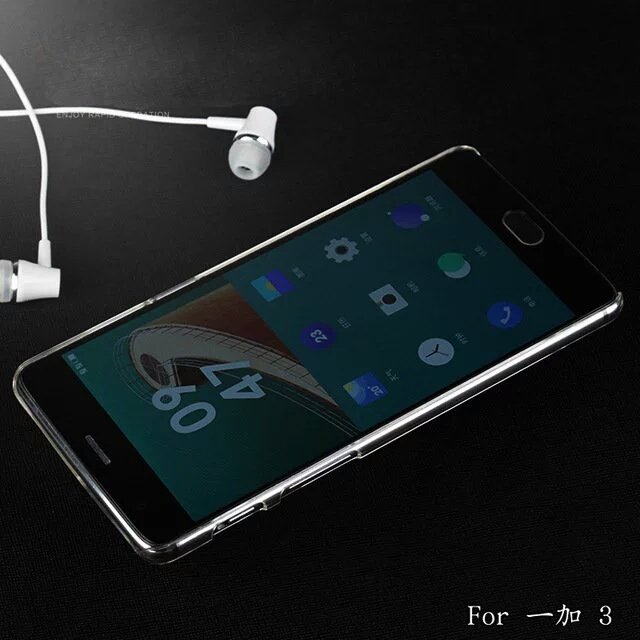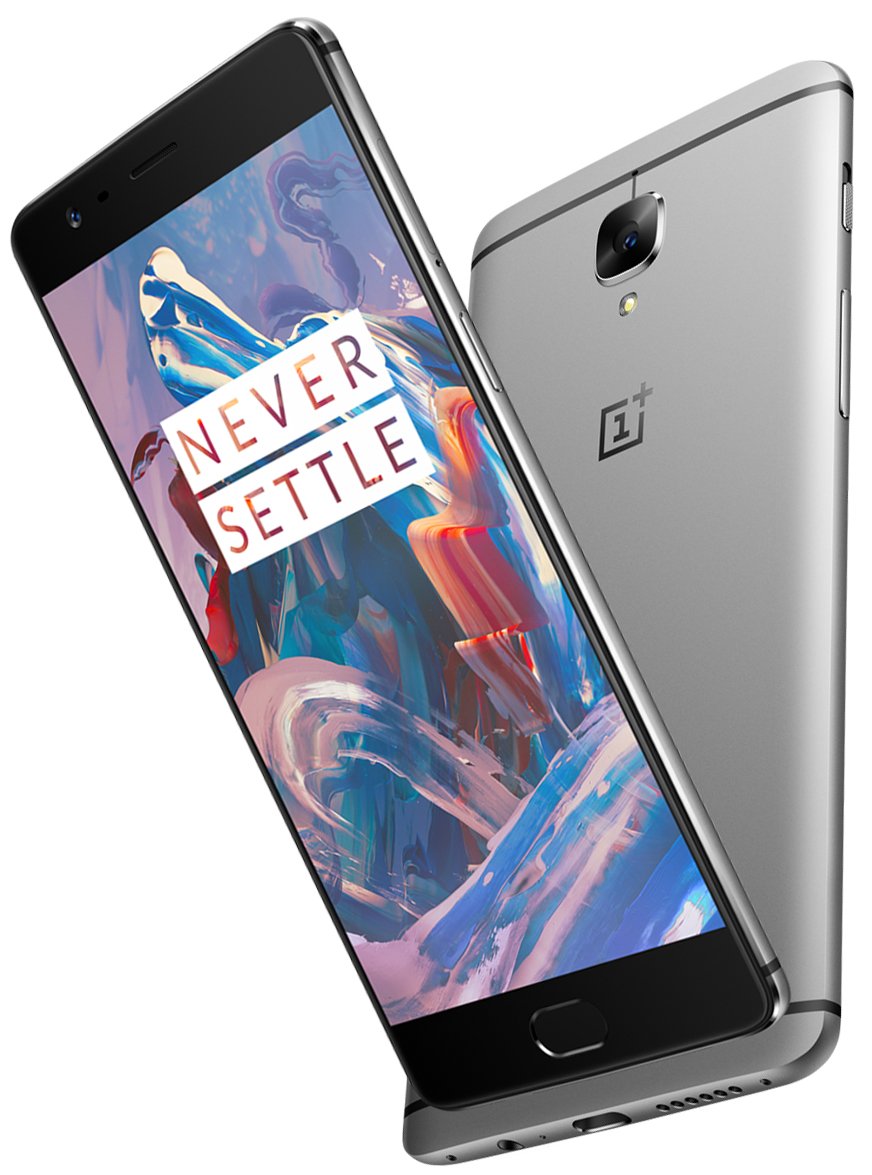OnePlus 3 release date, price and specs: The flagship killer is almost here
Everything you could possibly want to know about the OnePlus 3, including the latest news ,specs and rumours
The key to OnePlus' success is gloriously simple: it delivers premium smartphones for half the price of its rivals. Now it’s set to do it all again with its fourth phone, the OnePlus 3, in 2016.
OnePlus 3: Rumours and design
While quite a few of the fake design renders for the OnePlus 3 look pretty lovely (scroll down if you don't believe me), the actual thing has now been snapped in the wild.
Following an earlier sneak peek on his Twitter account,
The Malignant has posted a second run of photos. And this time they show both the front and the rear of the OnePlus 3 – allegedly. Take a good look at the pics below if you want a closer look at OnePlus's next flagship.
This isn't The Malignant's first scoop, however: several weeks back, he also claimed to have pictures of an early prototype model. However, the rear of the phone wasn't pictured as it wasn't a final design. Still, you could see the rumoured USB Type-C port as well as the all-new fingerprint scanner.
However, another leak on Twitter suggests that the OnePlus 3 may a touch prettier than these amateur shots make out.
Evan Blass has a track record of picking up some pretty tasty leaks, and this time he's snagged what looks like a press shot for the OnePlus 3. At first glance this looks nothing like The Malignant's first shots, but closer inspection reveals an identical design along the bottom edge, with a series of milled holes, a USB Type-C port and a headphone port flanked by two further holes, one of which we presume is a microphone.
It also looks MUCH slimmer, but the angles of the press shot have been carefully tailored to not give away the phone's width. I suspect that, much like the HTC 10, the OnePlus 3 will be a touch more chunky than some of its rivals. That said, it looks much, much nicer with the silver metal edges. Figners crossed that this is what we're going to get.
The first alleged design renders of the OnePlus 3 appeared online in late 2015, and the same source confirmed the – admittedly unsurprising – detail that the phone would be powered by Qualcomm’s Snapdragon 820 chipset.
It turned out, however, that the renders weren’t official hardware at all. In fact, they were created by the rather talented Mladen over at
designedbyhege.wordpress.com – a site that mocks up imaginary forthcoming smartphones purely for the fun of it. They are rather pretty, though.
Similarly, a video trailer for the OnePlus 3 surfaced in December 2015, but although some sites also tried to pass this off as a leaked trailer, it was nothing of the sort. Again, this was the work of one clever individual, entirely unaffiliated with OnePlus, called Jermaine Smit. Check out his impressive handiwork below.
OnePlus 3: Release date & invites :
Thanks to
a post on OnePlus's Weibo account, we now know the official date for certain: it's 15th June. Or at least it is if you're in Shenzhen or the UK: the launch is at 10am on the 15th June in Shenzhen, or 3am if you're in the UK on BST. If you're running on EDT or PDT, however, the OnePlus 3 will launch at 10pm and 7pm respectively.
Can't wait? No problem. OnePlus has launched The Lab, a new crowd-sourced testing program, with which it's hoping to get early feedback on the OnePlus 3. OnePlus is "enlisting the help of the community to provide fair, honest, crowd-sourced feedback on the OnePlus 3. You will put our new flagship to the test in a momentous effort to create a comprehensive community review." Which is pretty darn awesome, basically.
“The OnePlus 3 will launch on the 15th June – in OnePlus' virtual reality space station, The Loop.”
OnePlus is quite clearly trying to make this its biggest launch yet. It took everyone by surprise by announcing that it was giving away 30,000 free VR headsets (
which, sadly, have since sold out.) It turns out however that the newly-announced OnePlus VR headset, the Loop VR, is an integral part of the OnePlus 3's launch: the OnePlus 3 will follow in the OnePlus 2's giant footsteps by conducting its
launch event in a virtual reality space station, The Loop.
OnePlus 3: Price
"The OnePlus 3 will be selling in the US for $310 (£215)."
GizmoChina reports that the OnePlus 3 – or at least the lower-specced of the two forthcoming models, equipped with 3GB RAM and 32GB storage – will be selling in the US for $310, which is £215 in real money. The model with 4GB RAM and 64GB storage is reported to come in at $385 or £267.
Whichever way you cut it, that's dramatically cheaper than any other flagship phone on the market. Unless OnePlus makes any serious missteps with the hardware or software, the OnePlus 3 is set to cause some serious upsets in the high-end smartphone space.
OnePlus 3: Specifications
Details of the OnePlus 3 have been surfacing online, thanks to a couple of benchmarking reports that hint at two variants of the handset – one of which looks to have 6GB of RAM.
Previously, a version of the OnePlus 3 was
seen on both AnTuTu and GFXBench. This model listed a Snapdragon 820 processor, a 5.5-inch display, 64GB storage and 4GB RAM.
There now looks to be at least two variants of the OnePlus 3 – The A3000 and the A3003. According to
Geekbench, the A3000 model comes with 6GB RAM. The AnTuTu and GFXBench listings alternatively claim the phone has 4GB RAM, suggesting the Geekbench testing occurred on a different variant of the OnePlus 3.
“There’s much more to Snapdragon 820 than just performance, however.”
There’s much more to Snapdragon 820 than just raw performance improvements, however. It promises to be 30% more efficient than the previous generations, and image and video processing capabilities are dramatically improved, too.
Chinese site,
MyDrivers.com, has also reported that its sources are claiming that the OnePlus 3 is going to have a chunky 3,500mAh battery pack, which bodes well for battery life.
Add in a new modem component that supports the latest high-speed mobile networks, and support for the as-yet unratified 802.11ad Wi-Fi standard, and there’s plenty to get excited about.
Elsewhere, you can expect OnePlus to deliver a balance of features that keep pace with the premium smartphone pack. A 16 megapixel rear camera buddies up with an 8 megapixel front snapper, and it's pretty much certain that the OnePlus 3 will be equipped with a Full HD Super AMOLED screen – an entirely sensible choice, both for overall performance and battery life.
And given Samsung’s decision to reinstate microSD in its forthcoming Samsung Galaxy S7 phones, it wouldn’t be at all surprising to see OnePlus go one step further and throw in a removable battery and microSD slot. We can but hope.
We’ll be adding more info, specs and rumours (and debunking them) as and when we hear them. Got something you really want to see in the OnePlus 3? Let us know in the comments.







